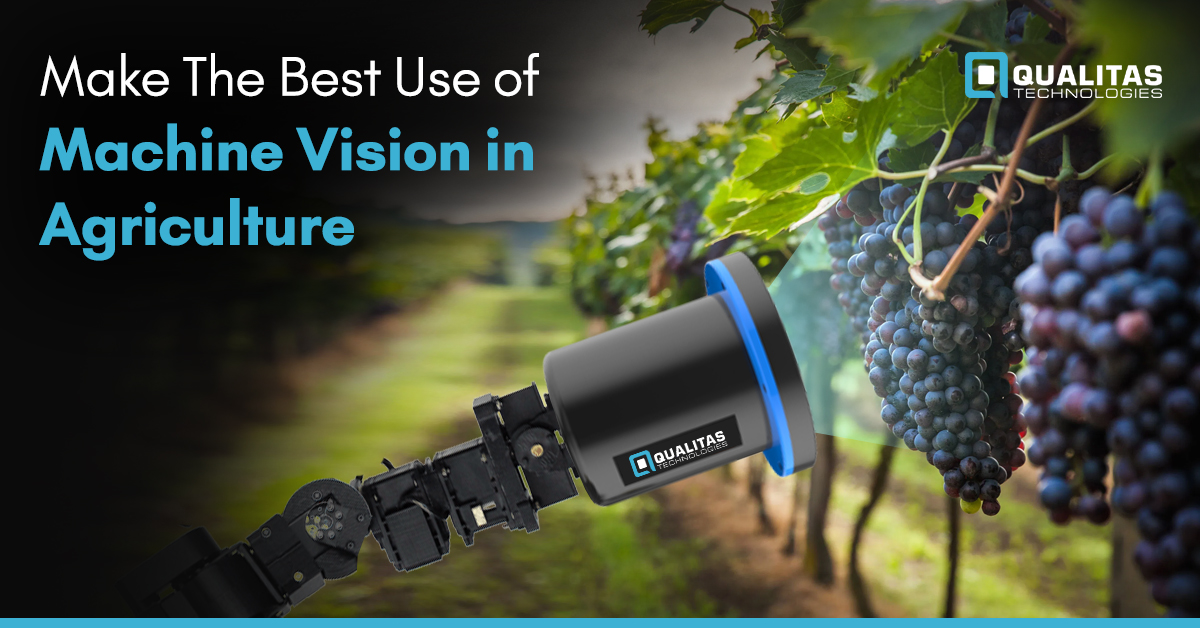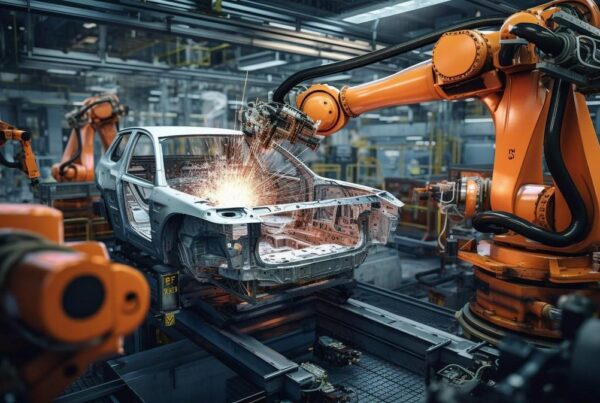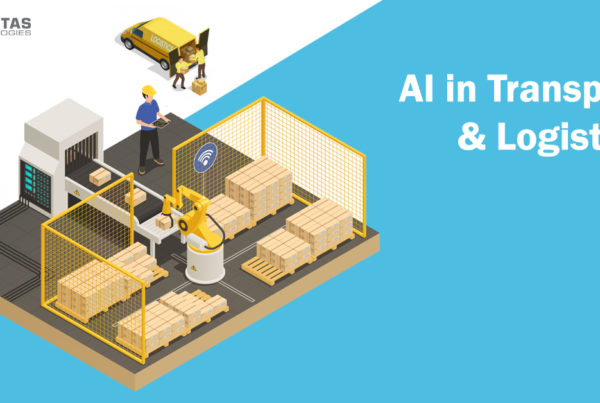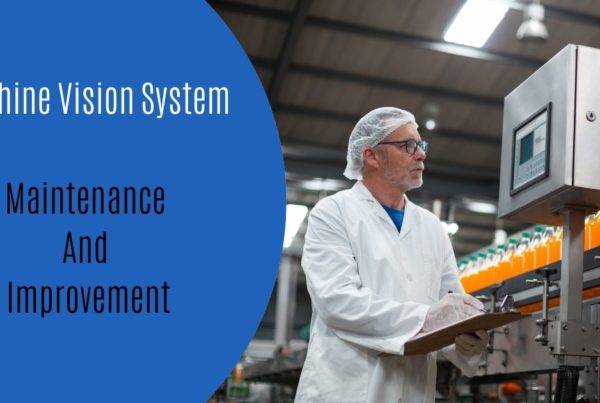
Introduction
Agriculture has been there ever since the beginning of civilization. Though humanity has progressed rapidly, agriculture still remains one of the major contributors to several nations’ economies. In fact, in 2019, agriculture, food, and related industries accounted for around $1.109 trillion of the US gross domestic product, with America’s farms contributing 0.6% of the GDP. Also, agriculture and related activities provide 10.9% of US employment. Every country depends on agriculture for something or the other. Here are some reasons why agriculture is so important:
- A major source of livelihood
- A significant contributor to the nation’s GDP
- Supply of food products and raw materials for other large and small industries
- Significance to international trade
- Considerable employment opportunities that would further result in economic development
Crops demand care at every step until they are harvested. Ecological volatility can destroy a huge portion of the crop produce. It’s estimated that around one-third of all food grown is lost. Additionally, factors such as the population explosion and climate change have forced the agricultural industry to look out for more innovative means to optimize the yield.
Related Article– 7 APPLICATIONS OF MACHINE VISION
Challenges faced in the Agricultural Industry
Each crop demands timely nutrition and care, right from sowing to harvesting. However, taking care of crops until they are harvested is a prolonged, labor-intensive task. Some key challenges faced by the Agricultural industry are the following:
- Timely identification and elimination of defects
- Providing nutrition in the precise, necessary amount
- Maximizing the net throughput to meet the rising population demands.
- Shortage of manual laborers
- Deteriorating soil quality
- The increasing competition requires farmers to reap high-quality and high quantity crops simultaneously.
Why Are the Current Agriculture Inspection Methods Flawed?
To ensure that only quality food produce reaches the consumers, it is essential that agriculture inspection be carried out diligently and accurately. The current agriculture inspection methods rely heavily on manual means. Some reasons as to why the current agriculture inspection methods might be flawed are the following:
- Inaccurate assessment of nutritional needs
Nutritional needs vary from crop to crop and can depend on several factors. Also, nutrition must be provided in precise amounts, neither more nor less. Due to the highly erroneous nature of this task, humans cannot accurately gauge and fulfill these requirements.
- High inspection costs
Agriculture is a labor-intensive industry and demands a huge workforce. The operational and maintenance costs of such a large workforce can be costly.
- Time-consuming
Moving to-and-fro within the fields repeatedly to cater to the numerous needs of plants in different sections will take much time and hamper productivity seriously.
What is Computer Vision?
Computer vision is a multidisciplinary field that primarily deals with how computers can comprehend and extract information from digital images or videos. This technology seeks to automate tasks that human eyes can do. Computer vision might use a number of cameras to act as the system’s “eyes”, depending on the application requirements. Computer vision tasks include processes for acquiring, processing, analyzing digital images, and the extraction of high-dimensional data.
Machine/ Computer Vision in Agriculture
Vision technology is rapidly transforming the modern industrial landscape by automating arduous tasks and enhancing net throughput while cutting down the overall costs. The 3D machine vision market, valued at US $1.5 billion in 2020, is poised to reach the US $2.4 billion by 2025. It’s expected to grow with a CAGR of 9.4% during the forecast period.
Machine/Computer vision for precision agriculture has been the subject of considerable research interest in the past few years. To the uninitiated, precision agriculture is the farming concept based on monitoring, measuring, and responding to variability in crops. It aims to optimize the returns while saving on the resources. Machine vision in agriculture is being widely used to support precision agriculture via automated solutions. Machine vision can help automate arduous, repetitive tasks and deliver where humans fail. ML algorithms enable the analysis of vast volumes of data accurately, offering a way to implement machine vision in agriculture. A subset of machine learning, deep learning uses an artificial neural network to understand information, identify patterns and learn while performing.
Like in one fruit detection method, color cameras can be used to identify fruit from the tree, and some additional stereo cameras can find out the relative position of that fruit for automatic harvesting. In some cases, infrared, thermal, multispectral, or even 3D cameras can also be used.
Application of Computer Vision in Agriculture
Vision systems have been used in the agricultural sector for quite some time now, but the significant rate of innovation, accompanied by the massive market potential of agricultural automation, has presented this industry with a range of exciting applications over the past few years. Some prominent applications of computer vision technology in agriculture are the following:
Drone crop monitoring
While flying mid-air, drones can cover thousands of acres every single day and take multispectral images over the fields. The captured, high-resolution images can be analyzed by computer vision systems to monitor the health of crops or the soil conditions.
Livestock management
Using the right algorithms, computer vision systems can be trained to detect several kinds of animals without the help of humans. A well-trained drone can identify livestock, count them and monitor them autonomously.
Crop grading and sorting
AI-backed computer vision technology is in high demand in agriculture. Automating arduous and error-prone tasks such as separating the good and healthy crops from the wrong crops for shipping requirements is a boon for the agricultural industry. The products are graded according to their quality to find the batches of the product which should be shipped first and which ones might sustain for a longer duration to be sent to faraway destinations.
Weed detection and Weeding
Since vision systems scan the fields repeatedly, weeds can be identified and eliminated earlier. By analyzing a weed, AI can calculate its potential threat to the crops and help develop custom herbicides for the same. Also, vision systems can help in setting up field robots that automate the process of weed detection and weeding.
Phenotyping
Phenotype is the set of measurable characteristics of a plant, such as the leaf shape and area. This field describes the relationship between the genotype and the environment on the plants’ quantifiable characteristics. As the rapidly rising human population demands greater volumes of food, phenotyping can play a crucial role in ensuring that only the best crop breeds are grown. Vision technologies can help in identifying the best breeds by monitoring growth and also pinpointing out the phenotypic traits that signify a robust genotype. Some areas of research include methods to reconstruct plant parts and approaches to segment plant parts accurately.
Spraying pesticides
Spraying pesticides is a common practice for protecting the produces in agriculture. Computer vision enables the drones to find out the infected crops and then spray the pesticides accordingly to protect them from insects and pests. This also ensures the health of the workforce by preventing their exposure to inhalation of any pesticide.
Plant population
Computer vision in agriculture can be used to detect plant positions, measure plant emergence, row spacing, row length, and compare that data to the planting date. Farmers can conveniently get the information on canopy cover and stand count throughout the season.
Yield estimation
Yield estimation can help farmers improve field management. By leveraging precise yield maps, farmers can make use of prescription maps for fertilizer application and variable-rate irrigation. Yield estimation also allows farmers to plan beforehand for storage and sales. The current yield estimation methods chiefly involve manual counting, which is both inaccurate and labor-intensive. Computer vision in yield detection can thus improve the accuracy and efficiency of yield estimation.
Advantages of Computer Vision in Agriculture
Some ways in which computer vision has significantly enhanced agriculture are the following:
- Automates time-killing, tedious and repetitive tasks.
- Helps detect weeds and estimate their threats in near real-time.
- Significantly boosts productivity and cuts down the labor costs.
- Alert the farmers in case of a pest attack.
- Recommend the best herbicide within the required buffer zone.
- Helps provide the nutrition in the precise amount
- Automates the sorting and agriculture inspection of crops.
Conclusion
The contribution of AI to various disciplines has risen considerably over the years. Agriculture as a sector can gain a lot from this technology. Today, several countries suffer from underdeveloped methodologies, high labor costs, and lack of automation, resulting in high production costs. Also, with the pressure increasing on the agriculture sector to meet the ever-expanding population’s demands, it is critical to adopt innovations that can help improve productivity and boost overall efficiency.
Computer vision technology aims to train computers for understanding and interpreting the visual world. This field has gained massive traction in the agricultural sector. From enhanced productivity to reduced production costs, computer vision has revolutionized agriculture.
In this blog post, we foremostly discussed the importance of the agriculture industry and the current challenges that this industry faces. We then discussed how modern vision technologies such as machine vision and computer vision are offering a range of benefits to almost all industrial segments. In the end, we understood the application and advantages of computer vision in agriculture.
Get In Touch With Us





